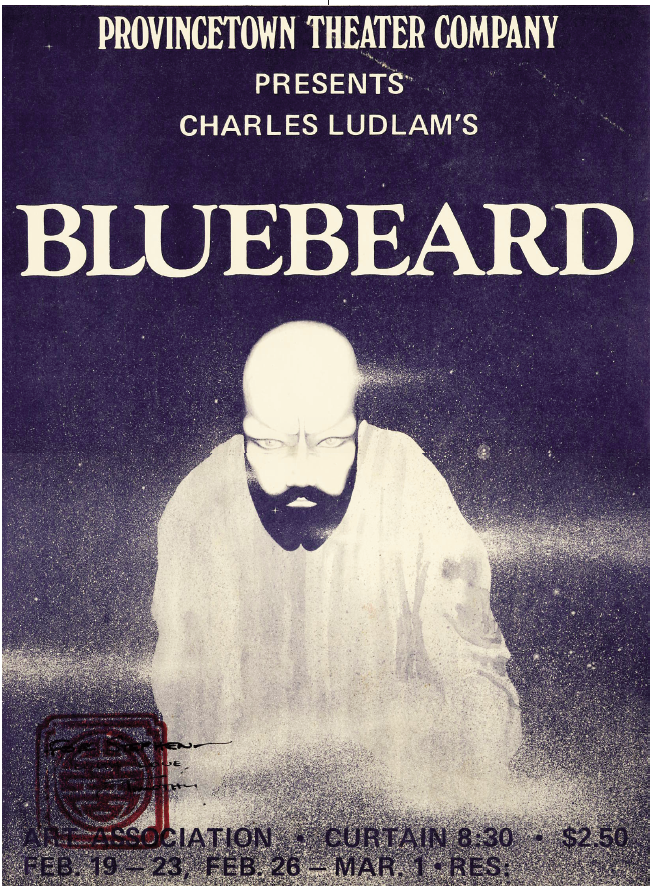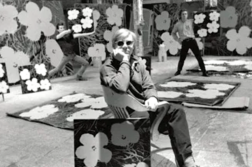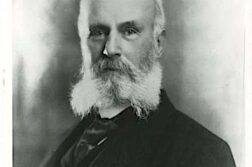Published in: May-June 2007 issue.
The seeds of the Ridiculous movement are apparent in the underground films that were a staple of the mid-century American avant-garde. Filmmaker and Plaster Foundation founder Jack Smith is often credited as the creative force behind the Ridiculous æsthetic. Ludlam, however, acknowledged filmmaker Ron Rice as his original inspiration, citing his films for being “very orgiastic with lush costuming” in an unpublished interview from 1981. Rice’s short The Flower Thief was shot in 1960, two years before Smith’s notorious cult classic Flaming Creatures in 1962–63. Rice began to work as an assistant for Smith at his loft in Soho, producing and performing in midnight performances that were dependent on excessively gaudy sets and costumes, with equally bizarre titles such as Withdrawal from Orchid Lagoon and Rehearsal for the Destruction of Atlantis. Smith advertised these plays in the Village Voice as being presented by the “Reptilian Theatrical Company.” Regardless of whether Rice or Smith came first, their film and theatre work is undoubtedly the first example of what would eventually be defined as “Ridiculous.”







